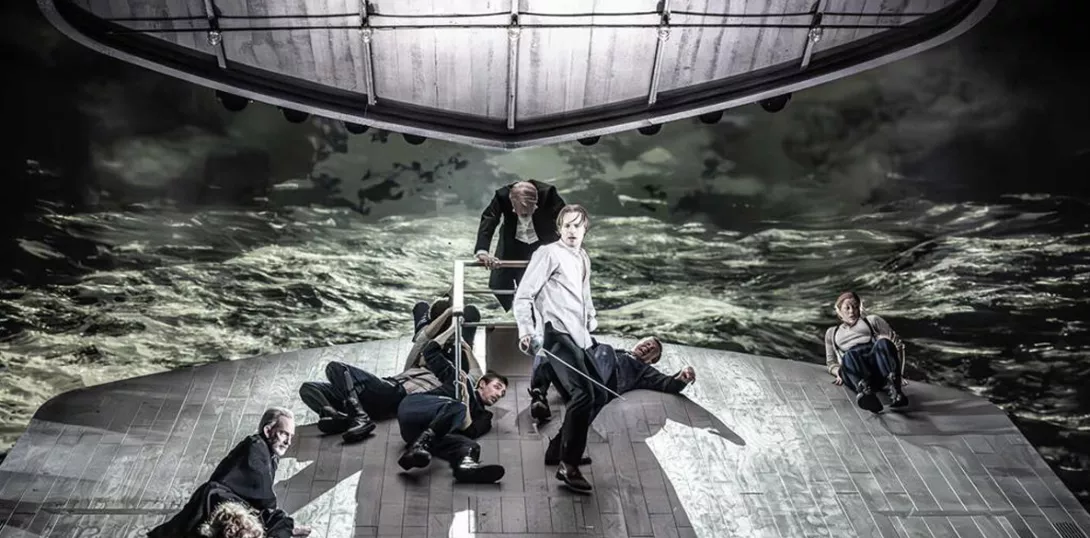GORDON PARSONS is bowled over by a skilfully stripped down and powerfully relevant production of Hamlet
‘An ability to marry flawless technique with passionate spontaneous creativity’
CHRIS SEARLE speaks to saxophonist and jazz historian Simon Spillett about Tubby Hayes, whose self-taught virtuosity was emblematic of the ’Swinging London’ of the 1960s
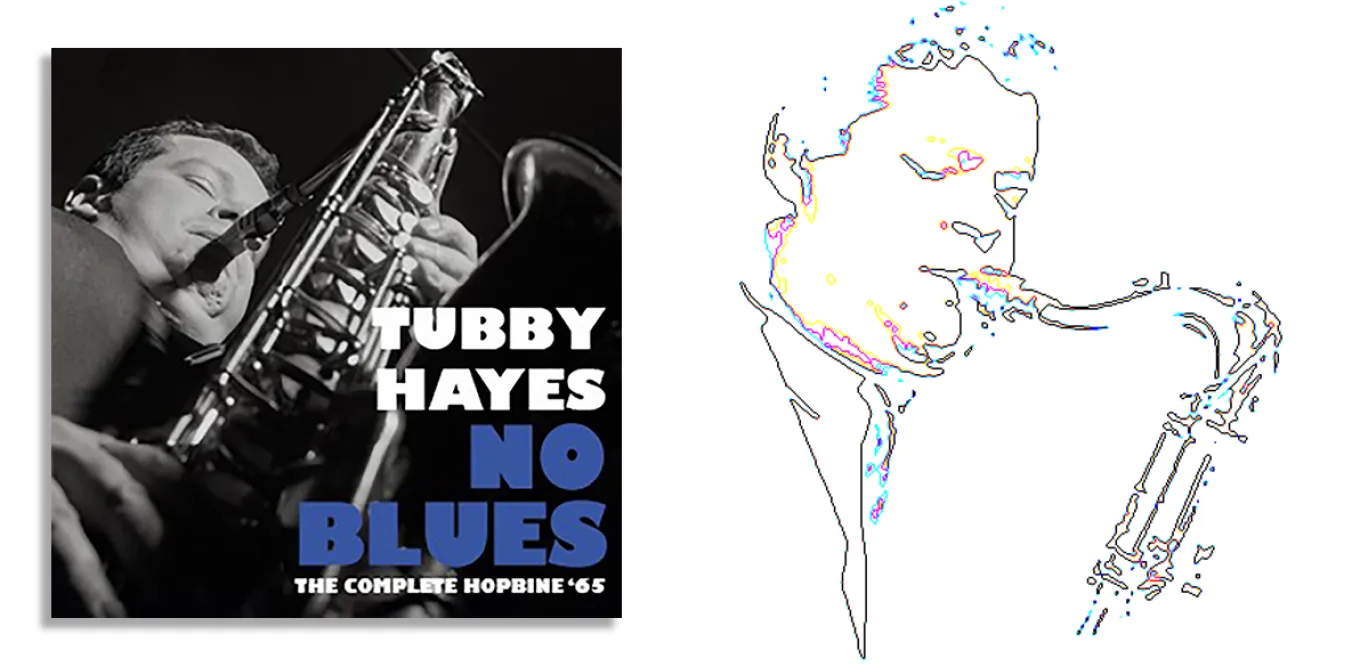
THERE have been many rediscovered tapes of Tubby Hayes’s (1935-1973) live sessions from the 1960s, when the tenor saxophonist was playing at his creative apex. Tubby’s punctilious scholar and biographer and a powerful saxophonist himself, Simon Spillett, considers his double album, No Blues: The Complete Hopbine ’65, to be one of his best and most illuminating.
The Hopbine, a London pub-jazz club in North Wembley, organised by fellow tenor saxophonist Tommy Whittle, who doubles up with Tubby on two of the album’s tracks, was a familiar and receptive venue where Tubby felt much at ease, and his performance is relaxed, full of discovery, impetus and creative energy, and lucky were the patrons who heard it.
More from this author
The phrase “cruel to be kind” comes from Hamlet, but Shakespeare’s Prince didn’t go in for kidnap, explosive punches, and cigarette deprivation. Tam is different.
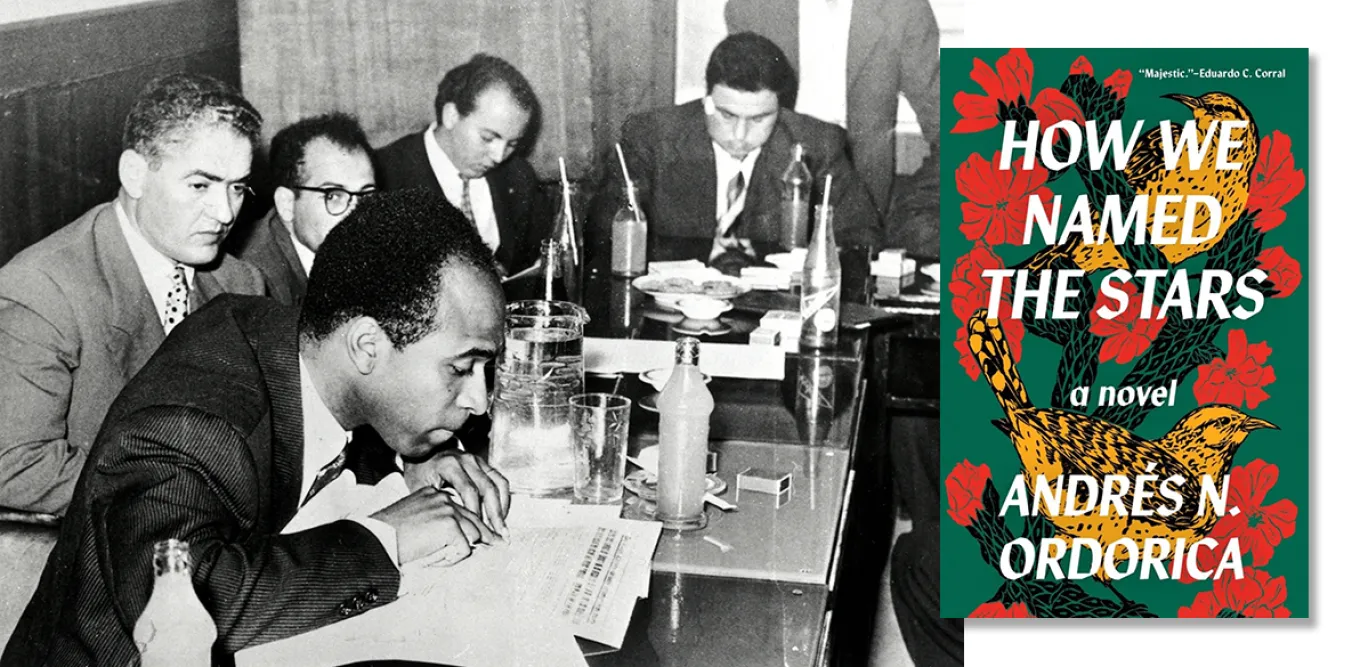
ANGUS REID deconstructs a popular contemporary novel aimed at a ‘queer’ young adult readership
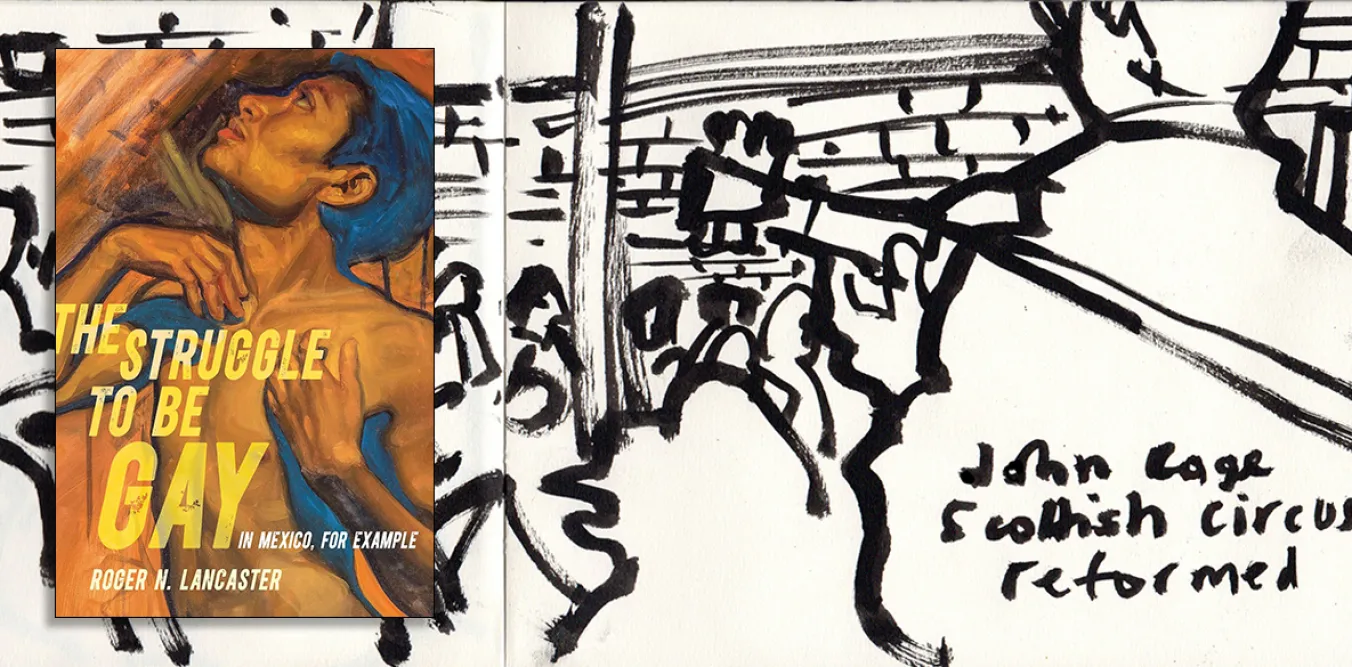
A landmark work of gay ethnography, an avant-garde fusion of folk and modernity, and a chance comment in a great interview
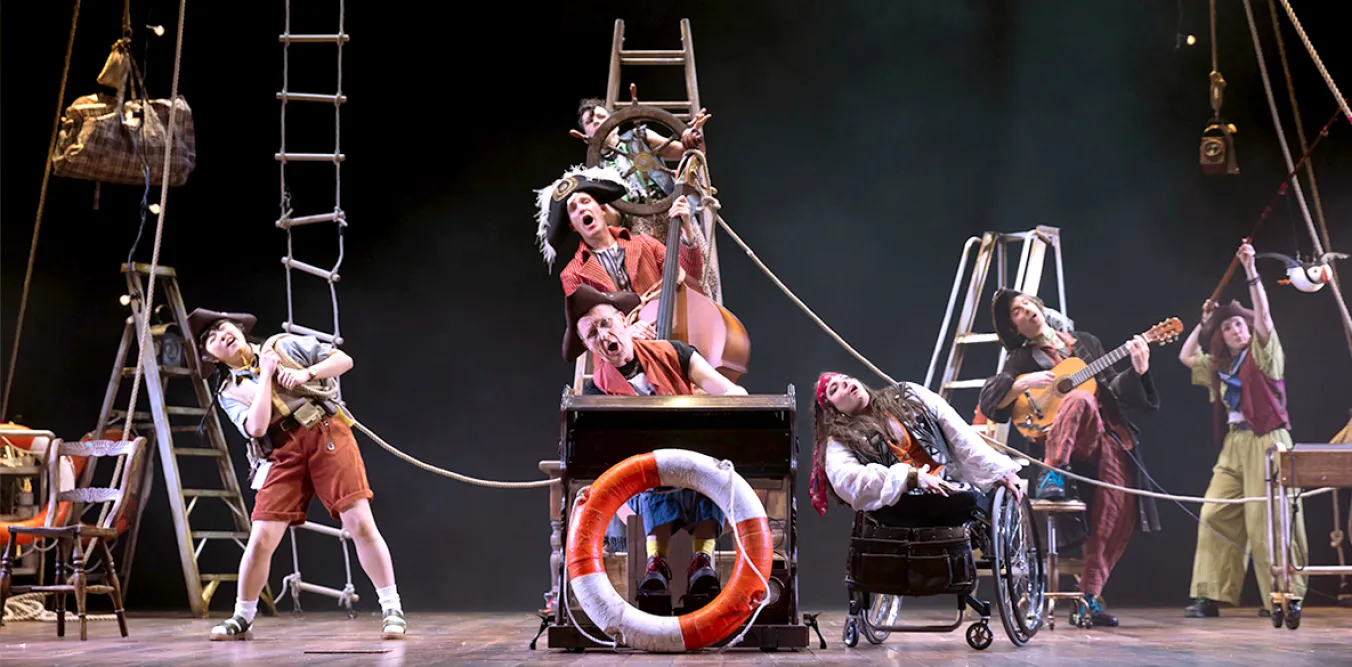
ANGUS REID applauds the inventive stagecraft with which the Lyceum serve up Stevenson’s classic, but misses the deeper themes
Similar stories

CHRIS SEARLE picks his favourites
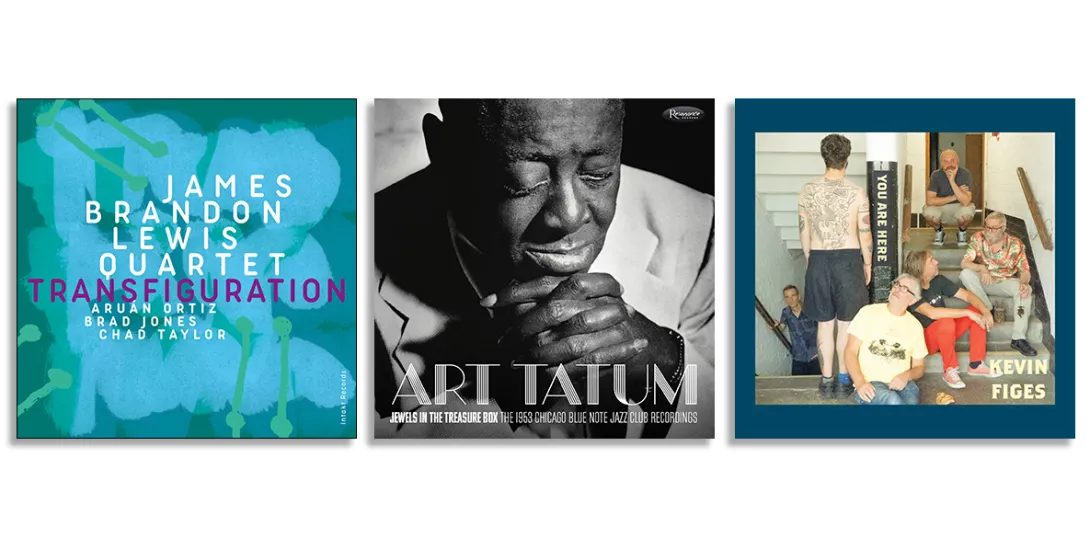
James Brandon Lewis Quartet, Art Tatum Trio and Kevin Figes
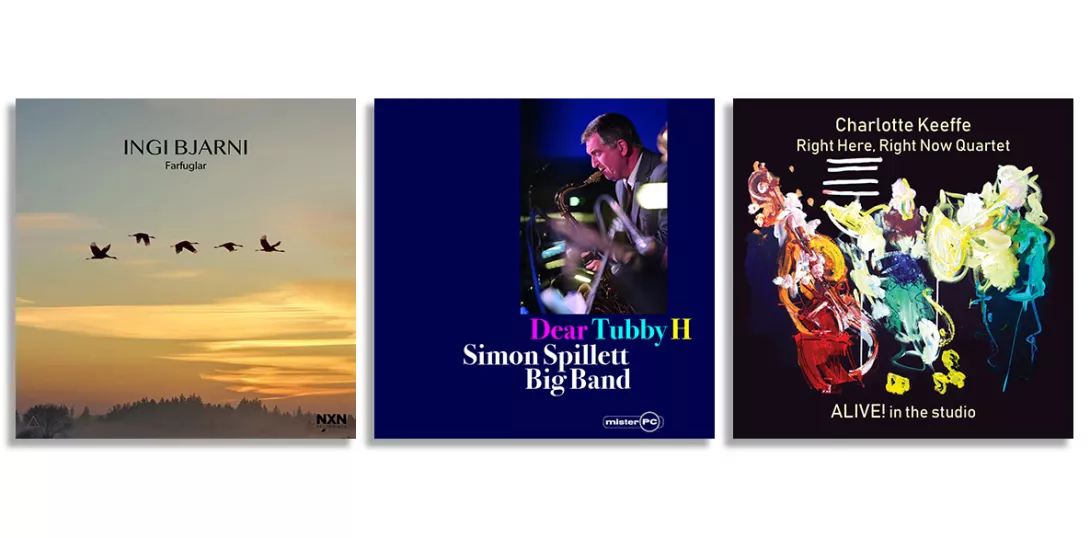
New releases from Ingi Bjarni, Simon Spillett Big Band and Charlotte Keeffe's Right Here, Right Now Quartet
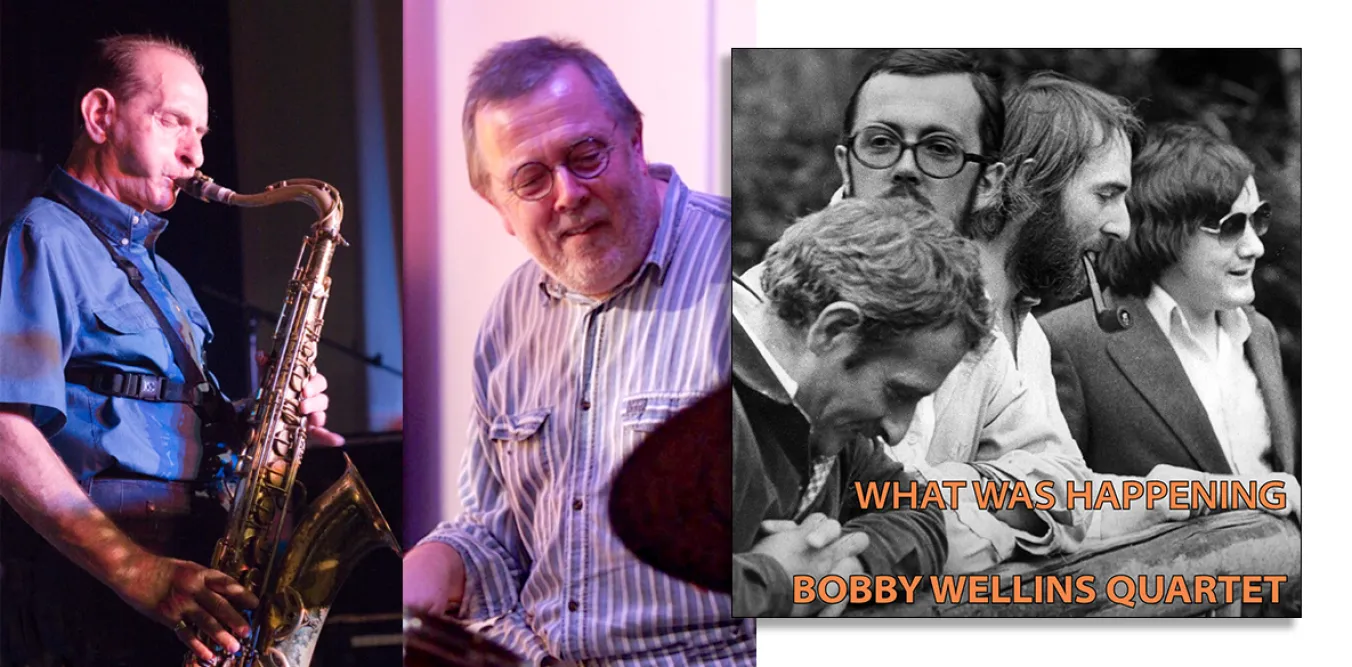
CHRIS SEARLE speaks to drummer Spike Wells about his experience playing with the great Scottish saxophonist Bobby Wellins


